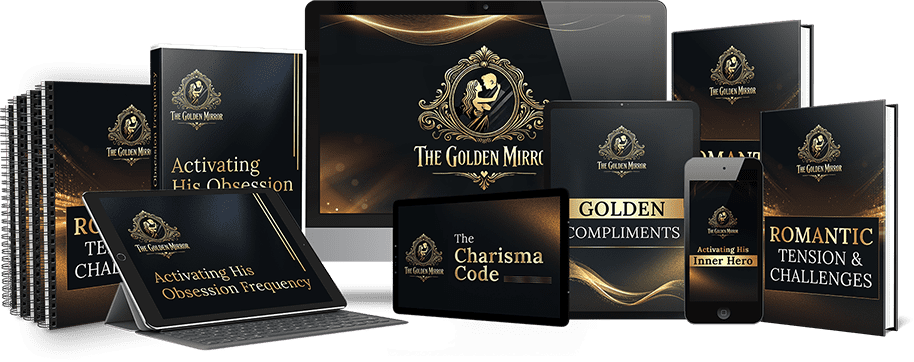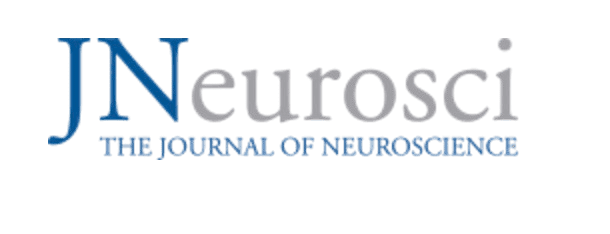Activate His Golden Mirror
(60 Day Money Back Guarantee)


Special
Discount
Instant
Access
Quick Start
Bonuses
Activate His Golden Mirror
(60 Day Money Back Guarantee)


Special
Discount

Instant
Access

Quick Start
Bonuses
Scientific References and
Studies:




